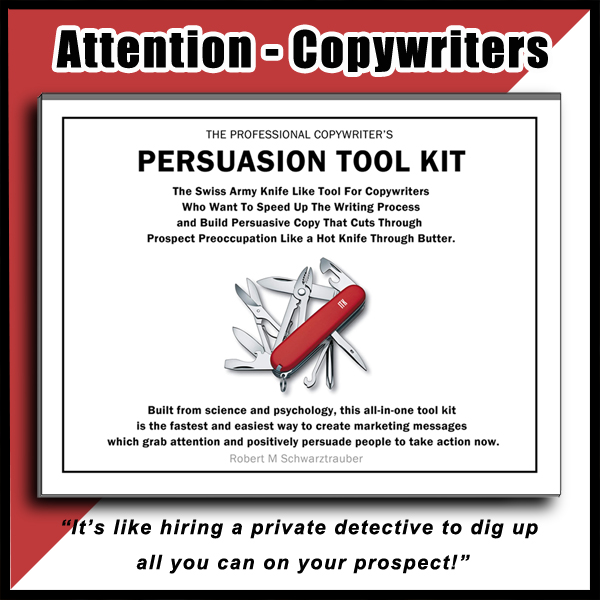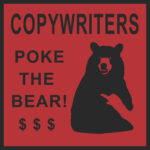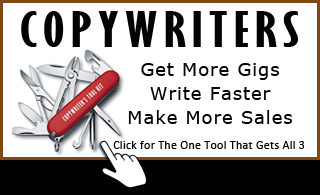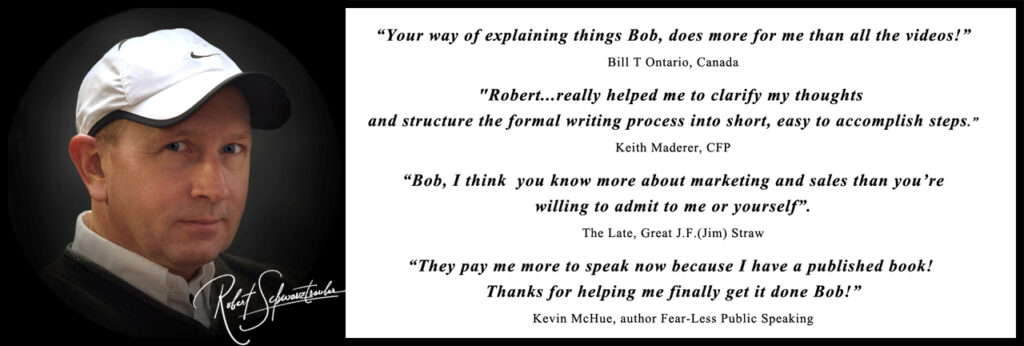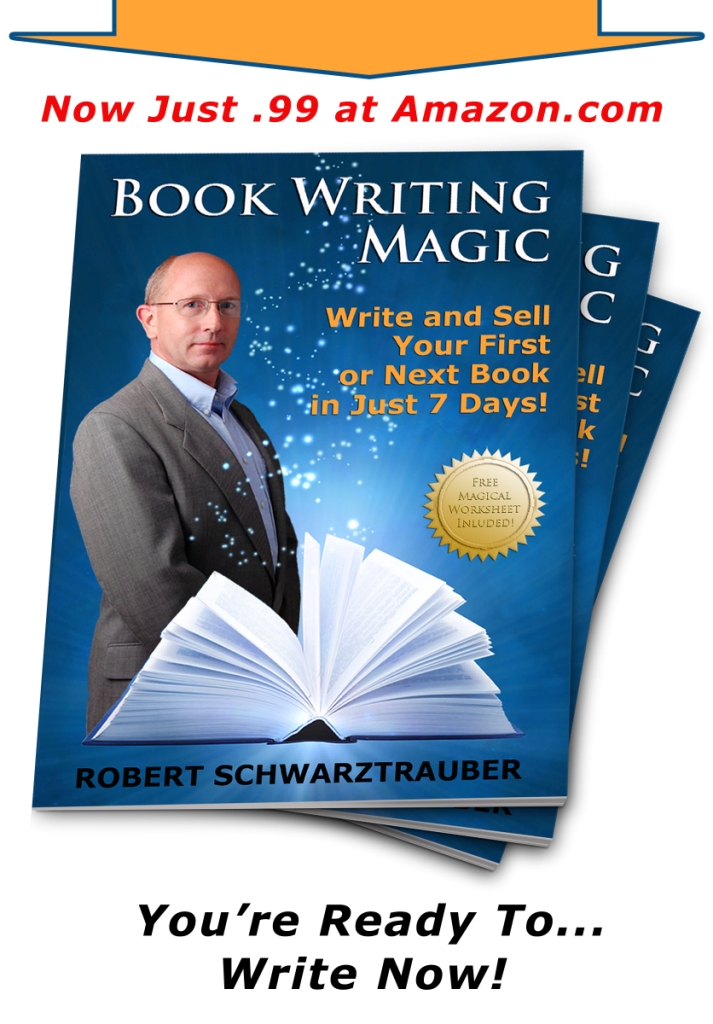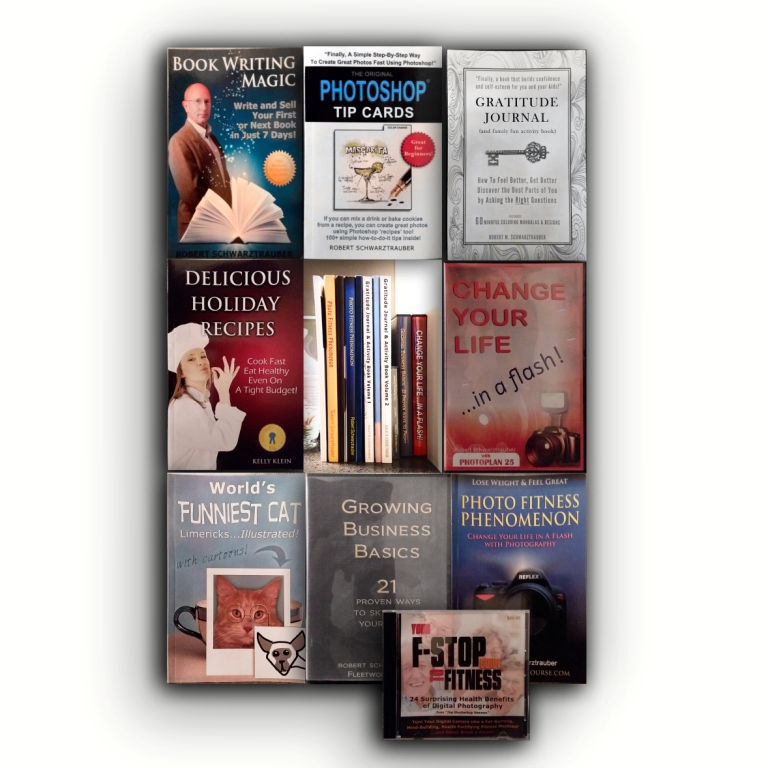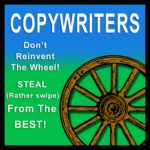
10 Copywriting Examples From History
Copywriters – Let’s have some fun today!
As I write this, it’s January 1, 2024
Happy New Year!
Remember though, we don’t need special dates or occassions to set resolutions and begin anew.
Now, right now, regardless of the day or date, is always the best time to start something new.
- To start a career in copywriting.
- To start a new ad campaign.
- To brainstorm new ideas.
One of the best, fastest, and easiest ways to change our mindset for the better is to look at things, examine things, that have already been successful in the past. To learn from the past.
To stand on the shoulders of giants!
Today, I’m keepin’ it light. Pointing you in a direction. Giving you a glimpse of insight, inspiration, and hopefully intrigue.
Here are
10 Interesting Stories About Famous Copywriters and Their Memorable Ad Campaigns
~ ~ ~
1. Claude Hopkins helped make toothbrushing a daily habit in the early 1900s with his campaign for Pepsodent toothpaste.
He invented the slogan, and a simple test anyone could do at home, “Film on teeth”. to educate people about dental plaque. He emphasized Pepsodent’s minty flavor, which also made brushing your teeth feel refreshing. Other dental pastes did not have that minty tingle at the time, but were quick to adopt it based on Pepsodent’s success.
At the time Pepsodent commissioned Hopkins, only 7% of the population regularly brushed their teeth. Claude quickly determined that to sell more toothpaste, more people would need to become brushers. Within a decade, toothbrushing jumped from 7% to 65% among the American public. Claude Hopkins’ add campaign changed the daily habits and the oral health of an entire nation. He made himself and Pepsodent very rich in the process by focusing not just on the selling of toothpaste, but by solving the REAL problem – getting people to brush!
Claude Hopkins is widely recognized as a marketing genius. Most of us are not blessed with his natural ability to spot the “Real Problem” to solve. Luckily, The Copywriter’s Persuasion Toolkit does that for you! With a few quick entries into the templates, it shows you the core pain points to address. Shows the quickest path to gain audience attention and the hot buttons you need to press to make the sale.
2. David Ogilvy‘s ad for Rolls-Royce in the 1950s simply showed the car with the headline “At 60 miles an hour the loudest noise in this new Rolls-Royce comes from the electric clock.” It demonstrated the car’s quietness and luxury without overtly stating it. When the ad ran with that headline, readers couldn’t help but be curious to read the full ad copy.
3. Mary Wells Lawrence came up with the famous “Plop, plop, fizz, fizz” jingle for Alka-Seltzer in the 1960s. The catchy tune made the product memorable and sales increased by 300%. A catchy slogan, simple, repeatable and representative of the product is a great way for ads to go viral.
“Snap, Crackle, Pop” did this for Rice Crispies. “Where’s the beef?” did this for Wendy’s. The “Oscar Mayer has a way with B-O-L-O-G-N-A” jingle helped sell millions of dollars of cold cuts – and as a side benefit, taught kids the proper way to spell a word that most pronounce as baloney.
4. Bill Bernbach led the “Think Small” ad campaign for Volkswagen in the 1960s which openly addressed customers’ skepticism about the small VW Beetle. The honesty made the car appeal as an underdog against US gas-guzzling models. Bill Bernback produced a campaign of rebellion. His ads spoke to the needs and desires of all people who did not want or need the bloated sedans being put out by Detroit and others at the time. He spoke to the crowd that wanted less. Wanted simplicity. Wanted a car that would just go, even through the snow. To this crowd, he made the now iconic Volkswagen Beetle – the answer to their prayers.
5. Shirley Polykoff coined the slogan “Does she…or doesn’t she?” for Clairol hair dye in the 1950s. The provocative tagline about whether a woman dyed her hair or not removed the shame a woman might have of being “discovered” and boosted sales. The “does she… or doesn’t she” cleverly implanted the idea that, if you used Clairol dye, nobody would ever know you colored your hair.(or discover it and embarrass you).
6. Leo Burnett‘s charming animated characters like the Jolly Green Giant and Tony the Tiger became beloved brand mascots. His Marlboro Man pitched filtered cigarettes as masculine, which helped flip public perception after women initially popularized menthol cigarettes.
Not Leo Burnett’s creation, but Geico is the more recent example of the power of creating a character to sell your brand. The cute, accented, green lizard is responsible for sellling a whole lot of insurance. The Energizer Bunny is another big one, selling batteries for Eveready.
7. Ted Bates helped turn Toni home permanents into the #1 hair styling choice in the 1940s by addressing women’s insecurities about beauty salon experiences in ads. This increased at-home hair styling adoption Ted was partner in the American advertising agency Ted Bates & Co.. with the more well-known creative copywriter, Rosser Reeves.
8. Frances Gerety coined the slogan “A diamond is forever” in the 1940s for De Beers. By linking diamonds with romance and commitment, she cemented the stones as the definitive choice for engagement rings. Previous to this, colored stones such as rubies and emeralds were the prized possessions.
Contrary to popular belief, diamonds have never been in limited quantities, therefore more valuable by their scarcity. De Beers was created in order to restrict and artificially control the release of diamonds into the marketplace. Thus producing an artificial scarcity which continues to keep diamond prices high, even to this day.
9. Rosser Reeves promoted M&Ms by emphasizing they would not melt in one’s hands in 1954. This campaign targeted snackers and made the candy a handy, portable choice.The original milk chocolate M&M’s, the brainchild of Forrest Mars, were created in 1941 exclusively for U.S. service members deployed overseas during World War II. Chocolate bars were already part of military rations, but the M&M’s candy shell made them a standout.
At first they were sold in cardboard tubes and marketed to the military as a snack that could travel well in different climates. Many soldiers in World War II ate these candies. When the war ended, new markets for these candies became essential.
Rosser Reeves was creator of the much talked about USP (unique selling proposition). There’s a good article about Rosser Reeves’, his career, and his other famous ad campaigns here at: https://www.linkedin.com/pulse/rosser-reeves-his-unique-selling-proposition-ahmed-el-mahdy/
Rosser Reeves, strangely enough, was the brother-in-law of another famous copywriter, David Ogilvy.
10. David Ogilvy‘s iconic ads for Hathaway shirts featured an eye-patch wearing aristocrat. This unique imagery lent an air of intrigue and prestige to the shirts, overcoming their previously boring reputation. This ad campiagn came to life more or less on a whim of David to find something different.
On his way to work, the day of shooting the model for the shirt ads, David stopped at a discount store and grabbed a bunch of 50 cent eye patches. While watching the photographer work, he told him, “Humor me and shoot a few frames with these. Then I’ll get out of your hair so you can do the serious work.” The eye patches created a sense of curiosity and style about the man in the Hathaway shirt. Everyone had to have one. Inventories of this otherwise ordinary dress shirt were quickly depleted.
Great Ads Contain Secrets About Copywriting
~ ~ ~
The study of great ads teaches us that we don’t have to reinvent the wheel every time we need to get somewhere. We can use the strategies, the tools, the techniques already invented, and proven to work, to create a version unique to our brand. Our thing. Our purpose.
People haven’t evolved that much in the last 100 years. The techniques to persuade and motivate in the past, still work today.
But technology has changed. Massively. We now have infinitely more ways to contact people, show ads to people, interact with people. And for far less cost; in many cases, even for free.
Geico didn’t invent “characters” as “brand ambassadors”. They just used (modeled, swiped) a technique already proven to work by Leo Burnett. And now they broadcast their message and gecko humor across dozens of media platforms reaching millions of prospective clients every year.
The Man in the Hathaway shirt idea has more recently been adopted by Dos Equis into “The Most Interesting Man in The World” for promotion in their beer commercials. Everyone wants to be interesting! Just like the men in those ads.
Imagine, if you buy their product, you will be interesting too!
It’s not logic that sells, it’s FEELINGS. And attention is captured by presenting someone the masses aspire to be. The Marlboro Man was another great example of presenting a character with traits men aspire to. To be strong, independent, free. A pioneer! A cowboy! Gotta get me some menthol smokes! Yikes!
In the spirit of keeping this light, fun, and inspirational for the New Year, I’ll wrap this up quickly by saying, you don’t have to be original, or particularly clever to market. You can simply stand on the shoulders of giants. Borrow their ideas. Adapt then to YOUR MARKET.
Arouse curiosity and intrigue.
Show them who they COULD BE if they would only buy your solution.
You could be a great copier. A great marketer.
And you could do it quickly and with only the slightest investment by standing on the shoulders of giants.
The Copywriter’ Persuasion Toolkit draws upon wisdom from the best master copywriters and sales psychologists of the past 100 years to put at your disposal, simple fill-in-the-blank cheat sheets, templates, and simple graphic illustrations to show you exactly what your prospects will respond to.
Work hard. Struggle. Be daringly original.
Or let the old proven masters guide you. And use a toolkit proven to work.
All the best to you.
May the New Year hold all the blessing you so richly deserve.
How else I can help you?
– Robert Schwarztrauber

